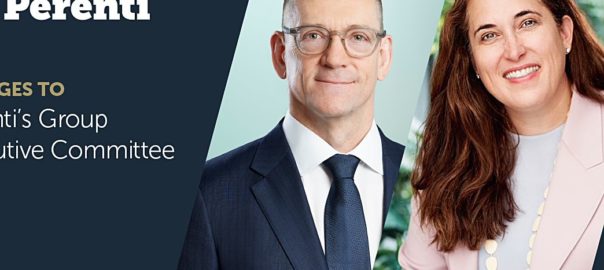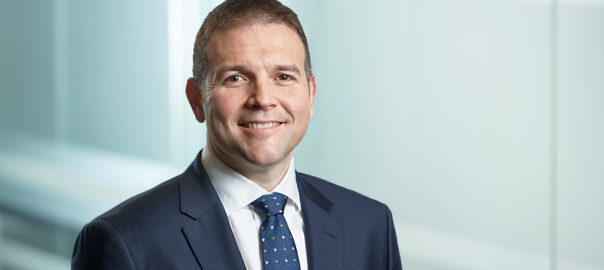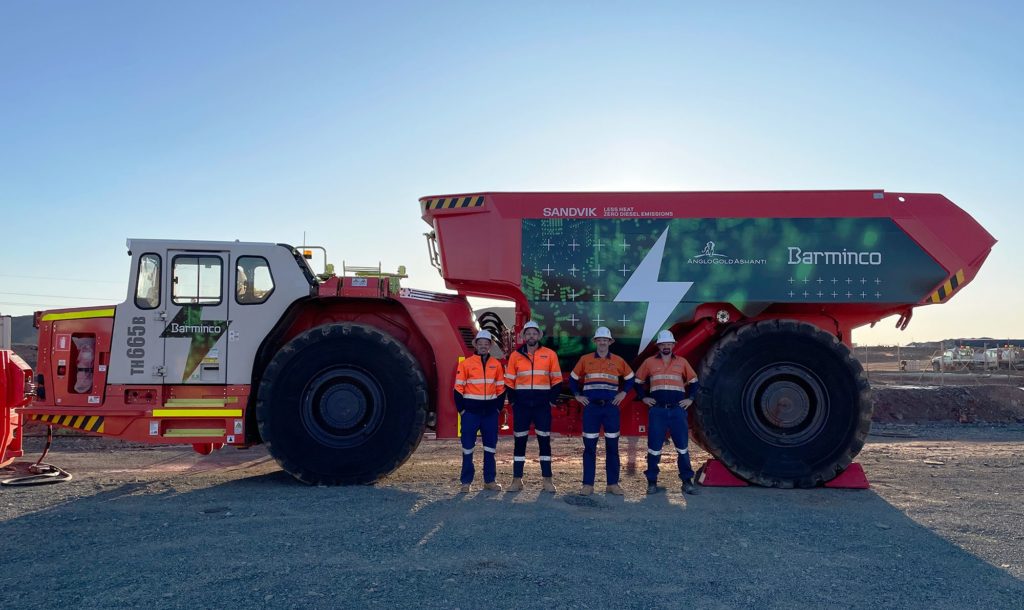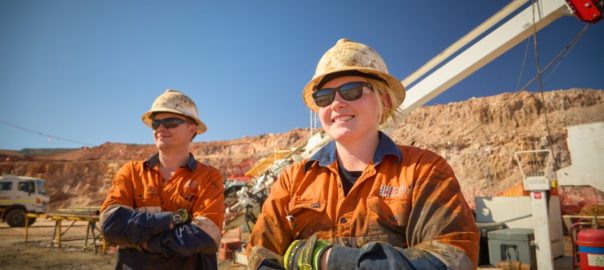Gabrielle Iwanow has been appointed President of Perenti’s Contract Mining Division, replacing Paul Muller, who will be taking up a new role within the Perenti Group Executive Committee, following a short period of study leave between January and May 2024.
Iwanow is, Perenti says, one of Australia’s leading mining executives with extensive experience working at senior operational and executive levels within the resources sector.
She was also named as one of the Top-100 Global Inspirational Women in Mining in 2020. Her career includes time in senior management positions at ASX 100 listed mining companies OZ Minerals and Rio Tinto, and most recently she was the Managing Director & Chief Executive Officer of Mincor Resources.
Mark Norwell, Perenti Managing Director & Chief Executive Officer, said: “A key strategic focus for the group is managing and developing our senior talent across the organisation, ensuring we have robust succession plans in place and continue building capability and capacity within our senior leader cohort, including within the Group Executive Committee.
“Gabrielle’s addition to our Group Executive Committee provides the business with additional depth in talent as we continue to build on our record finanicial year 2023 financial results, transformative acquisition of DDH1, ongoing execution of our 2025 strategy and development of our 2030 strategy.
“I would like to welcome Gabrielle to Perenti and thank Paul for his ongoing contribution to Perenti. This is an exciting time for the business as we continue to deliver on our purpose of creating enduring value and certainty for our clients, investors, our people and the communities in which we operate.”












